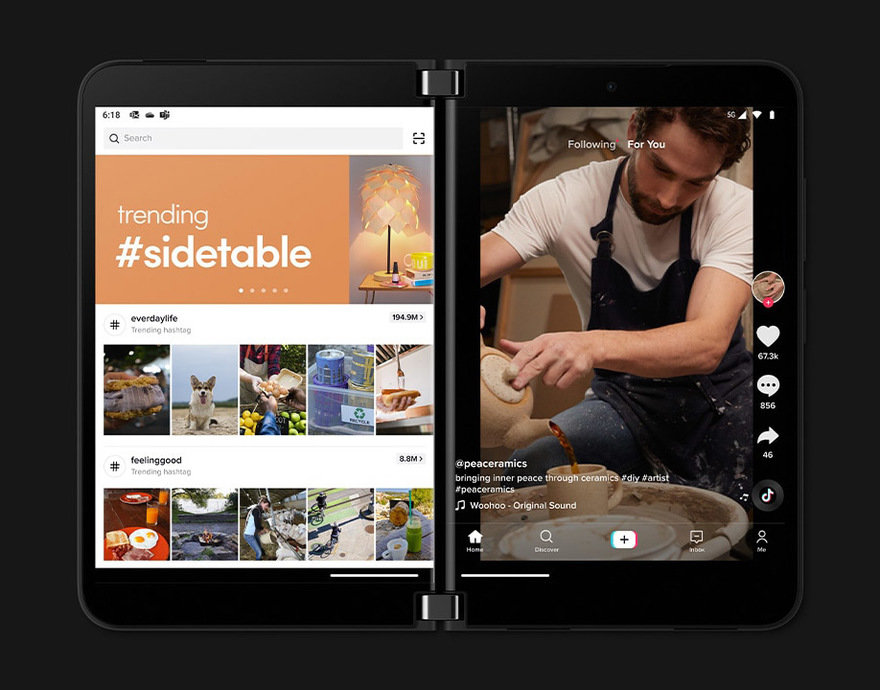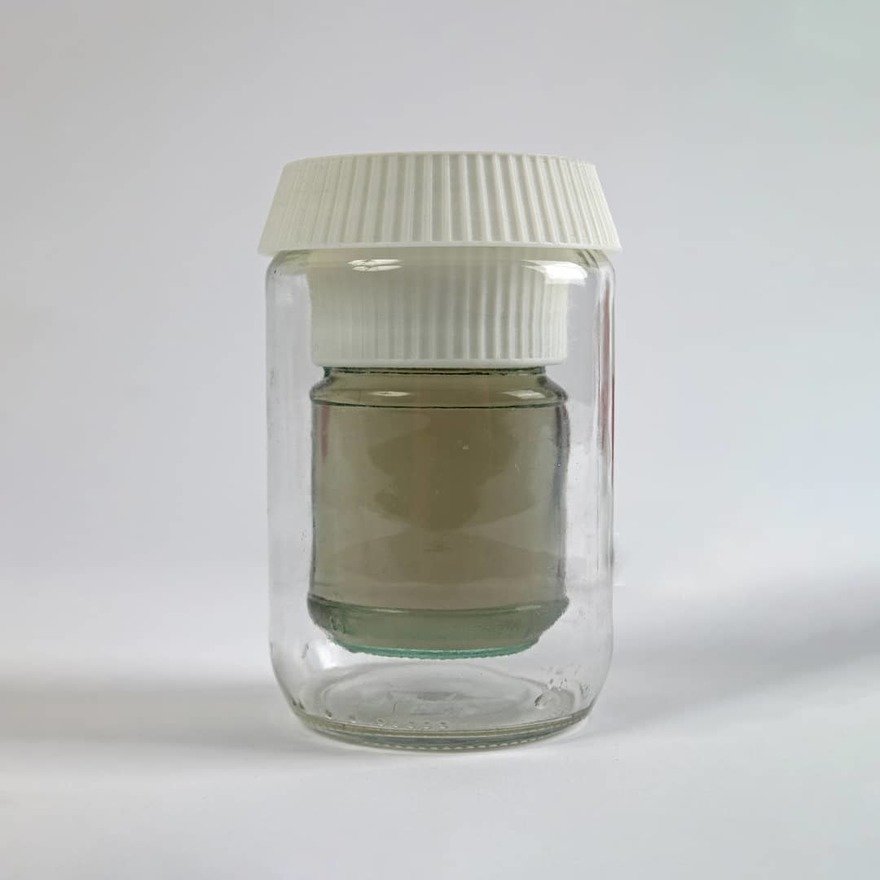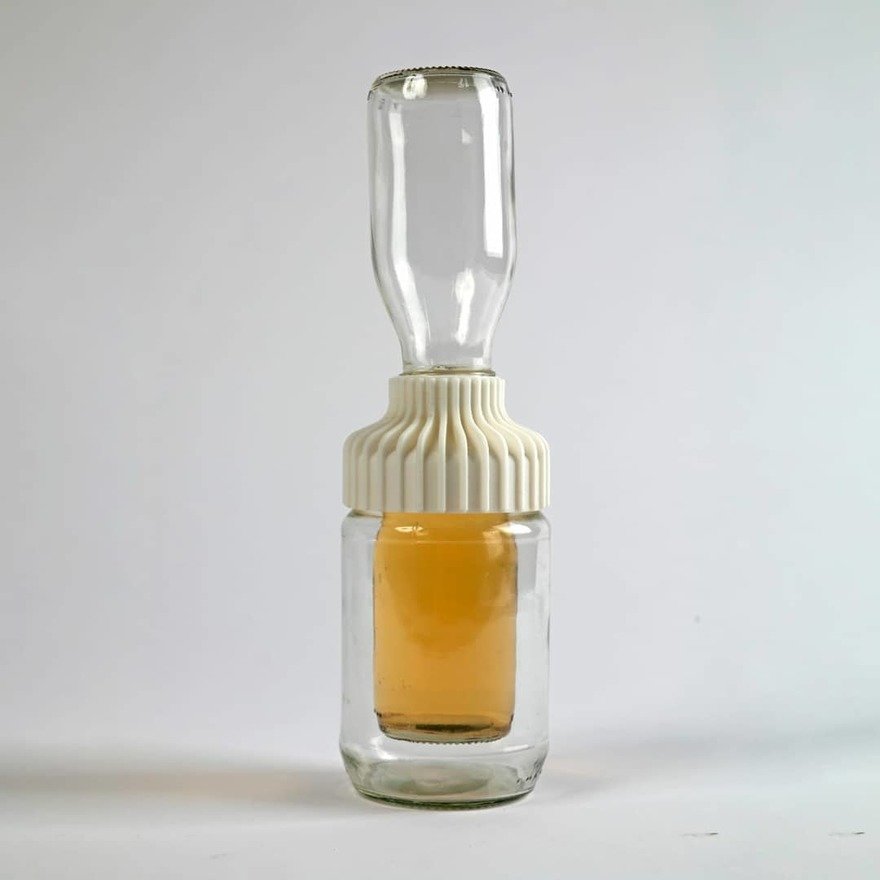For her graduate project at the University of New South Wales, Industrial Design student Karen Kong designed an impressive work chair with an unusual target market: Professional orchestra members.
"Due to the high physiological demands that orchestral musicians face, 50% out of 245 musicians in Sydney's leading orchestras experience musculoskeletal injuries," writes Kong, who is herself a violinist. "In order to reduce the chances of injuries occurring, a crucial area to look into are the chairs that orchestral musicians sit on as it can have a high impact on their physiological health."
"All musicians come in different shapes and sizes. They all have different areas of their body that need to be supported and based on which instrument they play, they need to be supported by the chair differently."
Kong designed her elegant Sesura Chair to be adjustable in multiple ways:

Seat Height

"On the right side of the chair, the front handle will change the height of the front two legs, the back handle will do the same to the back two legs."

"The right side handles are connected to a main thread which is internally housed in the seat frame. The main thread has two nylon dies which connect to a spring-type part, the spring part connects directly to the internal leg."

"As you turn the handle, the rotating thread causes the nylon die to move left and right, pushing out the internal leg which then raises and lowers the chair legs."
Backrest Depth

"Some musicians are taller, some musicians prefer to sit further back in their seats. You can easily adjust the depth of the backrest up to 8cm to suit everyone's seating preference."

"The backrest is attached to two aluminium bent rods which are inserted into a rack. This rack is the one moving part of the three components working with the pinion and worm drive gears that allow the rotational movement of the turning handle to translate directly to linear motion of the back rest. Each full rotation you make with the handle will change the backrest depth by one cm."

Backrest Height

"The backrest height can easily be adjusted with one hand. Simply push the centre lower panel to release and lock it to your selected height.

"Musicians can increase the backrest height up to 8cm."

"SESURA is designed with as few components as possible. The backrest height mechanism operates similarly to the adjustment of a car seat headrest. Simply push the lower bar to unlock, lift up or down to selected height and release the push bar to lock in place."

On top of that, Kong designed the Sesura Chair to stack, and it's slimmer than the incumbent market-leading design.

It's also far less clunky looking, as you can see by comparing the two chairs' adjustment handles. Kong's design also allows you to adjust the Sesura one-handed, so you can keep ahold of your instrument with the other; the incumbent design requires two hands to adjust.

Kong won a Good Design Award for her efforts, and is now a freshly-minted industrial designer. Bravo!


from Core77 https://ift.tt/3Cs0u9l
via IFTTT































